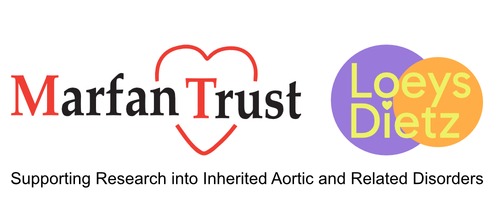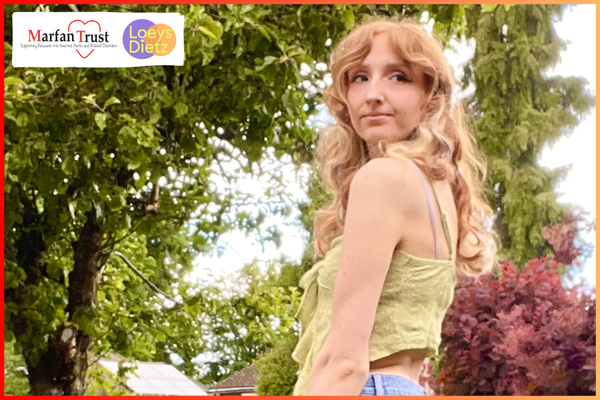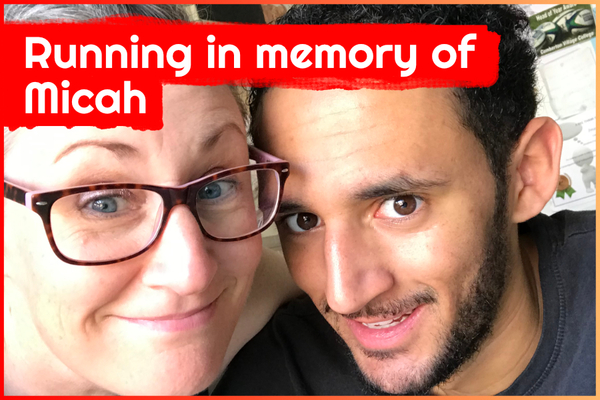Essential to life is diagnosis and critical to this is awareness. But were the young doctors alert and attuned to the signs of Marfan syndrome at the recently held sessions for trainee registrars and physicians in Brentford? Find out in Daniel’s article describing the six days he spent as a patient volunteer at the PACES Ahead sessions.
by Daniel Walker
PACES Ahead – Medical Examination Training
I recently spent a few days as a patient volunteer at the PACES Ahead training session in Brentford, London. The PACES Ahead sessions are pre-exam practice and training sessions for doctors aiming to become Registrars and members of the Royal College of Physicians.
I got involved when I saw the Marfan Trust asking for volunteers to help increase awareness of Marfan Syndrome and related connective tissue disorders in the medical community. As I live reasonably locally to the location it seemed a great opportunity to help the Trust and the Marfan community in general.
Be warned it is a reasonably significant time commitment – each session is a full day, 08:30 to 17:00, and if possible, you should do more than one day. I did six days in total: two days a week for three weeks. On the plus side you get fed (very well!) and they make a small cash payment as a thank you. If you need it, I believe they will also cover travel costs, though as I live only five miles away I cycled each day.
The days are split into four sessions, two in the morning and two in the afternoon. Patients are in groups or in PACES terms “carousels”, of about eight to ten people matched with a similar number of doctors. Each patient is then examined for six minutes, before the bell rings and the doctors move round to the next patient. As a cardiac patient I was not allowed to tell the doctor exactly what was wrong with me, rather it was up to them to examine me and determine a diagnosis.
After every patient in the carousel had been seen by every doctor the whole group would come round together with the carousel supervisor and discuss the examination and their findings. At this point you could share exactly your situation and what you had. Although I was diagnosed with Marfan Syndrome about 30 years ago, I have been recently “undiagnosed” following genetic testing and have a connective tissue disorder that is Marfan-like, but not actually Marfan and may be Loeys-Dietz Syndrome. This together with significant scarring from a severe trauma (a climbing accident 30 years ago) meant that I provided a challenging case!
Over the six days I was examined 190 times and overall I was impressed at how many doctors correctly identified a connective tissue disorder, which they usually called Marfan Syndrome. I would say more than half the doctors got this right.
As well as me there a few other Marfan Trust volunteers distributed amongst the carousels. Indeed on the last two days there were as many as five of us, all with different expressions of the Marfan physiology and it proved a wonderful opportunity to meet with other Marfan (and Marfan related) patients and to chat about our experiences.
Over the six days I became weirdly fascinated by stethoscopes and the amazing variety of colours that they come in, but almost every single one is made by the same company – 3M Littmann have definitely got the market thoroughly sewn up!
All in all I would highly recommend it both as an enjoyable, if rather tiring, experience in itself but also as a fantastic chance to meet up with other people in the Marfan community.









